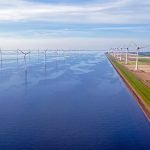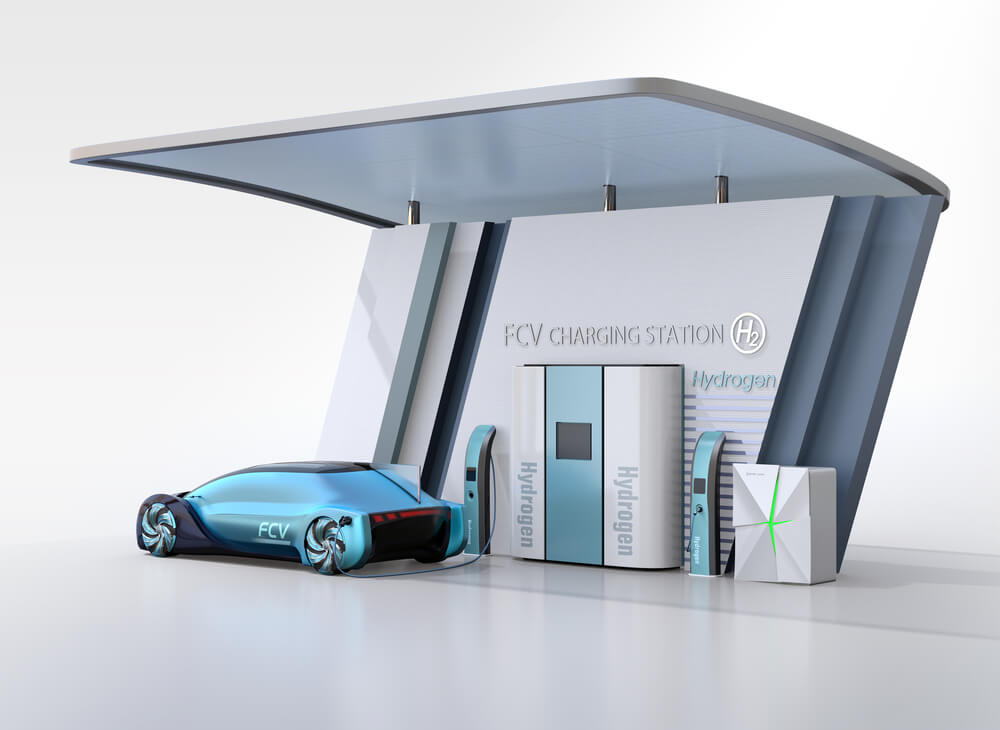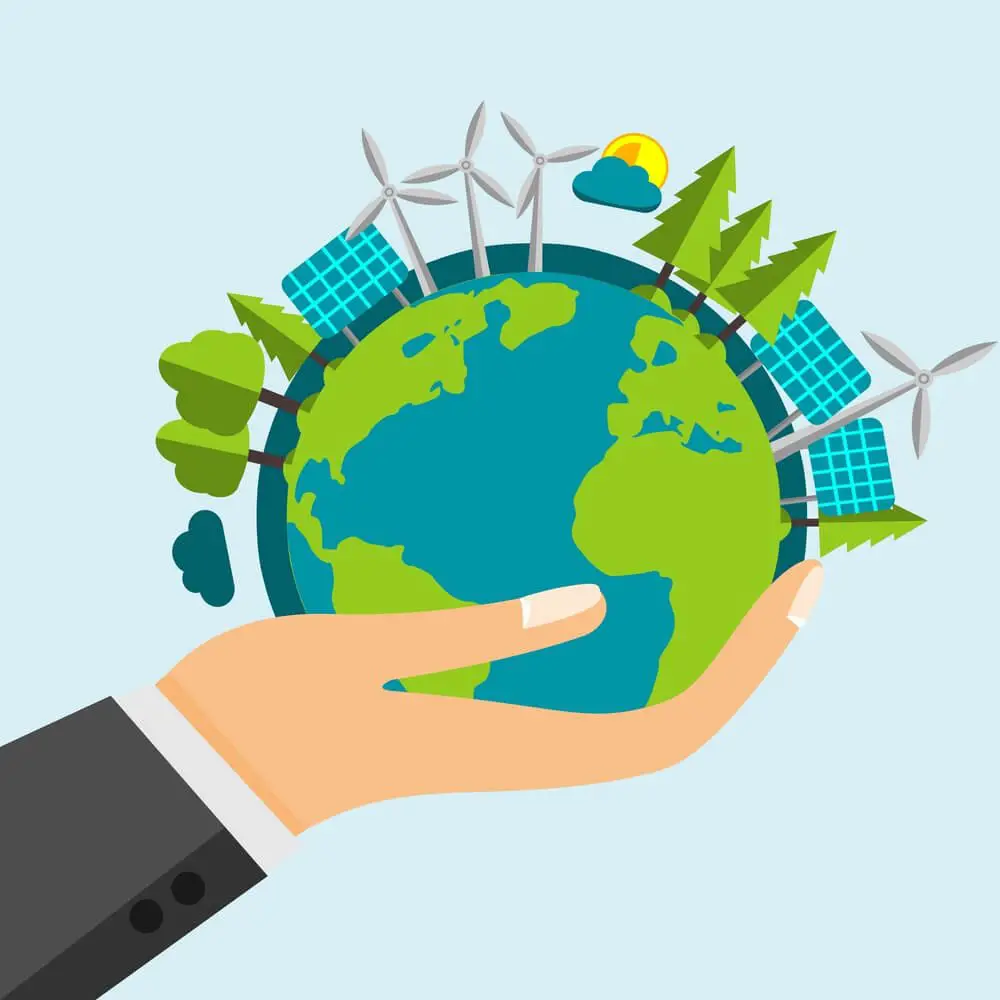It’s no surprise that we’re torn between the planet’s finite resources that are at our disposal – renewable and non-renewable resources.
I do prefer renewable resources because of their ability to minimize the impact on our planet.
But can renewable resources become non-renewable?
In this post, we will look at both types of resources in a more detailed manner.
The most important part is to keep our environment as safe as we can.
- Can Renewable Resources Become Non-Renewable?
- What Is The Best Way To Differentiate Renewable And Non-Renewable Resources?
- What is a Renewable Non-renewable Resource?
- Renewable and non-renewable resources have different rates of decomposition.
- Examples of Renewable and Non-renewable Resources
- Non-renewable resources have high carbon emissions.
- Renewable and non-renewable resources have different maintenance costs.
- How Can Renewable And Nonrenewable Resources Be Compared?
- What Renewable Resources Can Become Non Renewable If Mismanaged
- What Are the Pros and Cons of Renewable Resources?
- What Are the Pros and Cons of Nonrenewable Resources?
- Which One to Choose: Renewable and Nonrenewable Resources
- Conclusion
Can Renewable Resources Become Non-Renewable?
Yes, they can become non-renewable resources only if you overuse them.
That is – if it’s used up quicker, then it can replenish itself over time.
The supply is finite.
Some good examples include water, petroleum, and coal.
If you overuse them or fail to replace them at the same rate that you’re using them, then they run out.
If mismanaged, renewable resources will become non-renewable.
For example:
- Groundwater can be over-pumped
- If you burn a tree (plant) and don’t plant another one
- Fish can be overfished
What Is The Best Way To Differentiate Renewable And Non-Renewable Resources?
There’s an unending debate when it comes to the resources that we use. Are they renewable or non-renewable?
Choosing the ones to go for is another concern. A key distinction does exist between them.
What is a Renewable Non-renewable Resource?
Simply put, a renewable non-renewable resource is a resource that, in the real sense, can be replaced as fast as they’re used, but it can run out due to overusing them.
For instance, water, petroleum, and coal.
If you consistently use water in huge amounts for unnecessary purposes, then the gallon of water below on earth may decrease.
Eventually, renewable water will turn into a non-renewable resource.
In the United States, the primary source of energy is fossil fuels, including
- coal,
- natural gas and
- Oil
These are renewable non-renewable resources such that when you overuse them, the source’s stock will get finished.
The rate at which everyone is using them is wanting.
We need to make an immediate and drastic change in how we use them.
Failure to that, there will be a potential depletion within the generation to come.
And again, this depletion could impact the environment negatively. Switching to 100% renewable resources where green energy comes from is a go-to move as they have a much lower carbon footprint.
The environment does not quickly replenish Non-renewable resources.
Yes, unlike renewable resources, non-renewable ones aren’t quickly replenished by the environment.
The sources of non-renewable energy won’t be filled in our lifetimes.
They’ll run out over time.
A renewable resource is naturally replenished on a human timescale like water, winds, tides, geothermal heat, sunlight, rain, and waves.
The wind, which results in atmospheric conditions, will always be there as long as the sun is shining.
The supply will be constant, and you don’t have to do anything.
If the resource’s natural rate of replenishment is close to zero, then we can say it’s non-renewable.
You can’t repeatedly use it. It will run out one day.
Renewable and non-renewable resources have different rates of decomposition.
As seen, renewable resources do replenish quickly.
Hence they decompose at a higher rate as compared to non-renewable.
That’s why they have less to no impact on the environment.
Take, for example, biomass. It’s a renewable energy that comes from or derived from organic matter – including wood, garbage, and even crop waste.
The decomposition rate of wood is higher than that of a non-renewable source of energy like petroleum.
All things made from non-renewable materials like petroleum or PVC used to craft plastic bags won’t decompose quickly.
Examples of Renewable and Non-renewable Resources
A renewable resource replenishes itself naturally over a short time.
It can replace itself such that it can’t run out.
They’re so abundant.
Examples of renewable resources include:
- Sunlight
- Woods
- Water
- Forest
- Rechargeable batteries
We are currently dependent on non-renewable resources to supply nearly all our energy needs.
But when they’re used up, it’s hard to replace them. You can’t use them sustainably as they’re limited in supply.
Examples of non-renewable resources include:
- Natural gas
- Coal
- Petroleum/oil
- Nuclear energy
- Petrol
Most of them are fossil fuels, and they make up a large portion of the energy industry.
The good news is that new renewable technologies are emerging every day.
Non-renewable resources have high carbon emissions.
Although non-renewable resources are of economic value, nearly 99.9% have adverse effects on the environment.
They release a large amount of carbon dioxide and greenhouse gas.
They create emissions and spew pollutants, thereby termed as eco-friendly.
On the other hand, renewable resources can only be harmful if they’re misused.
Most of them are environmentally friendly. Renewable energy won’t damage the air quality.
Those who are sensitive to chemicals, smoke, or other irritants should go with renewable energy.
It’s one way to ensure a healthier environment and create clean air.
Takeaways:
- Natural gas, which is used for heating and cooking, releases methane gas that causes health problems and contributes to global warming.
- Crude oil comes to play in the production of diesel and gasoline for vehicles. This will cause air pollution. Also, it’s a component used to manufacture plastics (plastic doesn’t decompose quickly)
- Nuclear energy comes from uranium (radioactive elements), which is refined to fuel.
Renewable and non-renewable resources have different maintenance costs.
In a nutshell, renewable resources are cheaper than the latter. But non-renewable resources have low maintenance costs.
While renewables are better for our planet, many types can be costly. Clean energy installation, infrastructure, and maintenance are expensive.
Maintaining turbines isn’t always affordable in low-income communities.
Non Renewables are only costly during extraction but relatively accessible and cheap.
That’s why most people prefer them in their daily lives.
How Can Renewable And Nonrenewable Resources Be Compared?
The two types of resources can be compared by:
- Usability
- Value
- cost
Some the similarities include:
- Both types of resources are valuable
- They are useable (used globally)
- They cost money to produce, generate and maintain
What Renewable Resources Can Become Non Renewable If Mismanaged
There’s a high possibility that some renewable resources can become non-renewables.
If you overuse it to the point that it exceeds its ability, then it will run out. Take, for example:
- Water – If you over-pump groundwater day in day out, then expect water reduction in the source.
- Trees/ plants – if you burn or take too many trees before you grow others, then the resources become non-renewable.
- Land – you can ruin land by planting the wrong types of crops or by chemicals.
What Are the Pros and Cons of Renewable Resources?
Each energy source comes with advantages and disadvantages.
Either way, you’ll have to pay attention to this while you use them daily.
Pros
- You can’t deplete these natural resources over time
- They create little to no carbon emissions, hence fewer environmental impacts (eco-friendly)
- Renewables can improve air quality, saving us from pollution-related respiratory illnesses
- Clean energy projects create jobs in some countries like USA and china
Cons
- The upfront and maintenance cost of renewables is high
- Harvesting renewable energy requires infrastructure which is expensive and inaccessible in some countries
What Are the Pros and Cons of Nonrenewable Resources?
Non-renewable resources aren’t as bad as they sound to be.
After all, most industries use them to make products.
Pros
- The sources are easily accessible and cheap
- Non-renewable has a low upfront cost
- Accessible infrastructure is available (cost-effective)
Cons
- Releases a more significant amount of carbon and greenhouse, causing air pollution
- They get used up over time
- Search for new supplies is costly
Which One to Choose: Renewable and Nonrenewable Resources
For a healthy environment, renewable energy is the way to go.
It neither creates emissions nor damages the quality of air.
This move also promotes the safety of all people in the community.
Every time you make such a decision, you contribute to an eco-earthly environment and sustainable future.
Conclusion
Ideally, we ought to use renewable resources every time, but non-renewable resources are still reliable in the world we are living in.
So it’s not easy to write them off.
And because a healthy environment and global air quality are of interest, renewables are the best choice.





